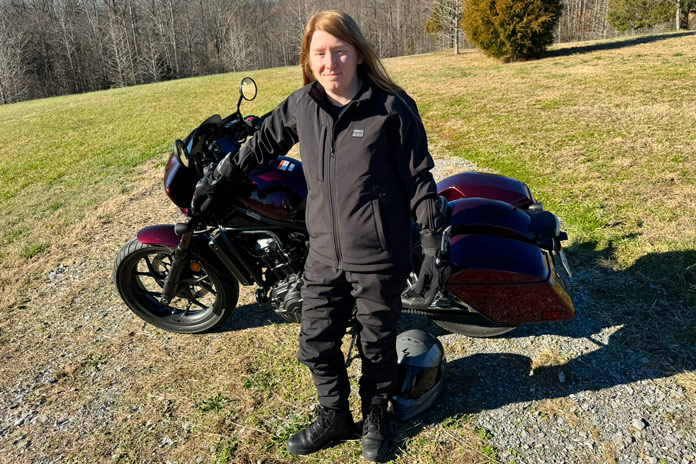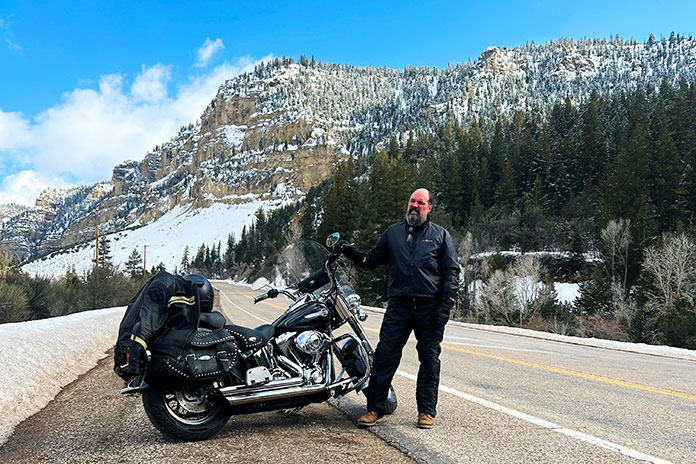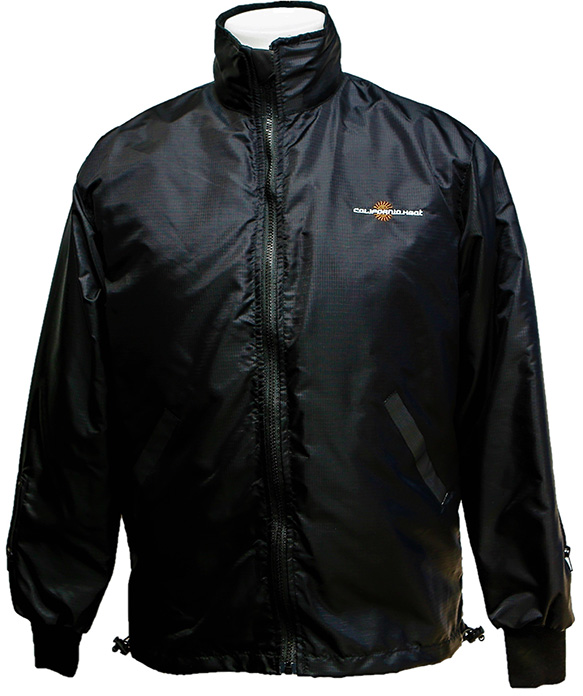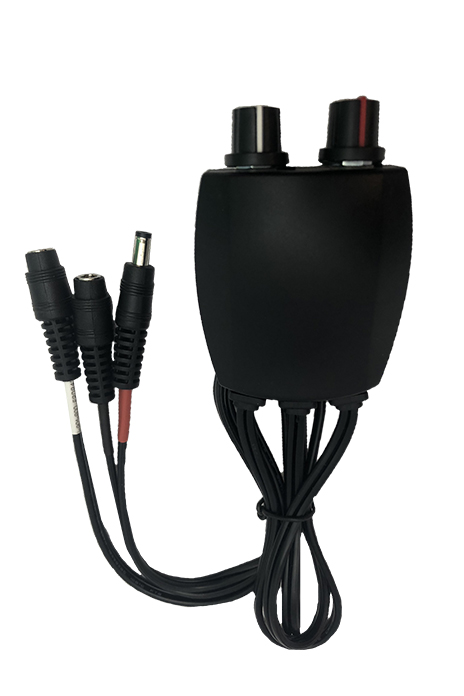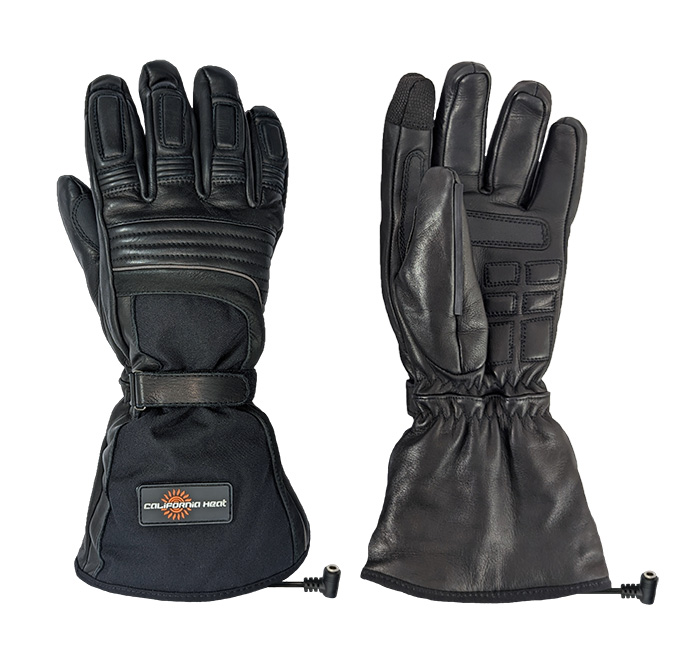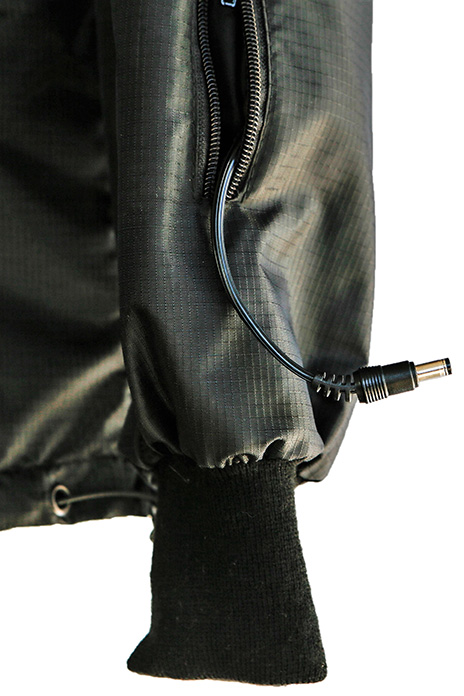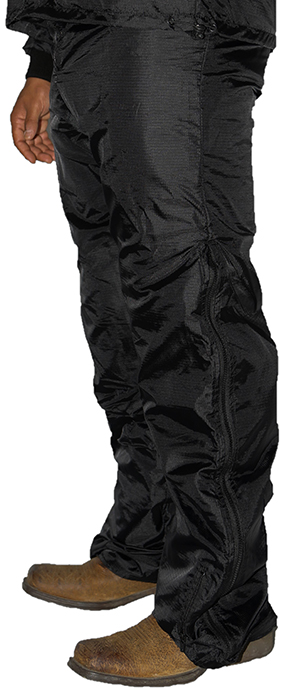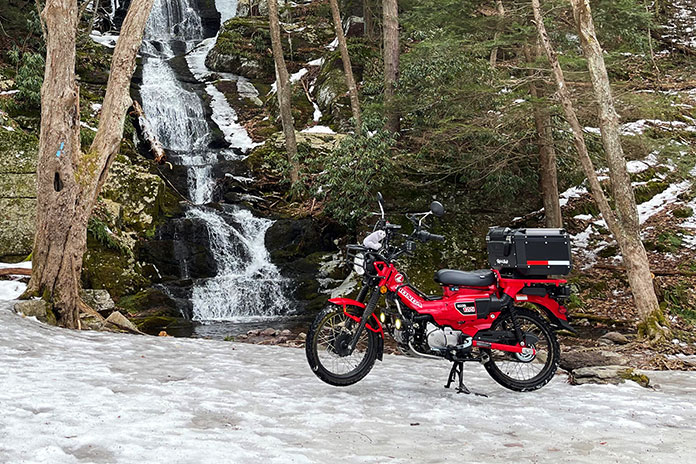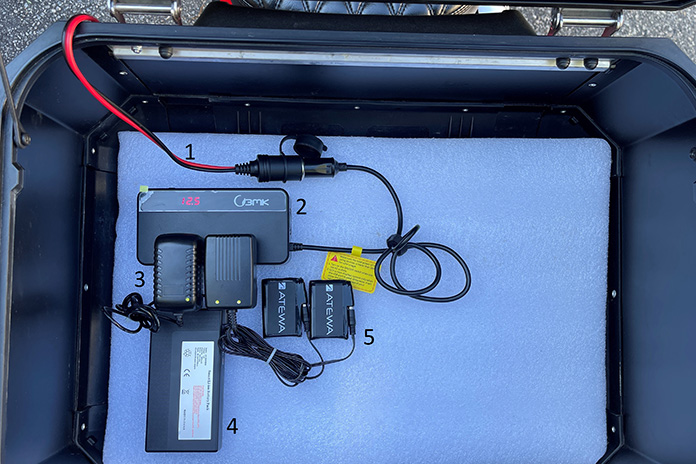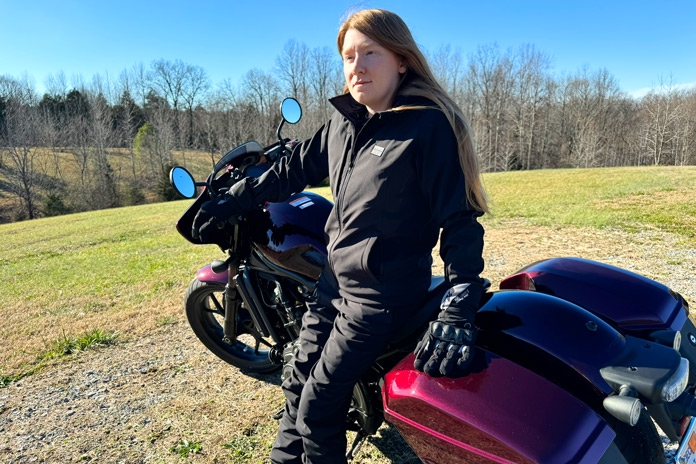
I’m lucky enough to live in a part of Tennessee that only gets snowfall once or twice a year and where the roads are ridable practically all year round. However, the temperatures still drop below freezing, making for chilly winter rides. To continue riding throughout the winter, I ordered up a full suite of heated gear from Kemimoto, a company that makes accessories, parts, and gear for motorcycles, UTVs, snowmobiles, marine sports, and other outdoor activities.

I ordered a vest, jacket liner, pants liner, gloves, and socks, all with heating capability. The gloves and socks come with rechargeable batteries, while the jacket and pants liners connect to the motorcycle’s battery with the included cable. The vest does not come with a battery included and doesn’t connect to the motorcycle’s battery, so I used a rechargeable battery with USB ports that I already had.
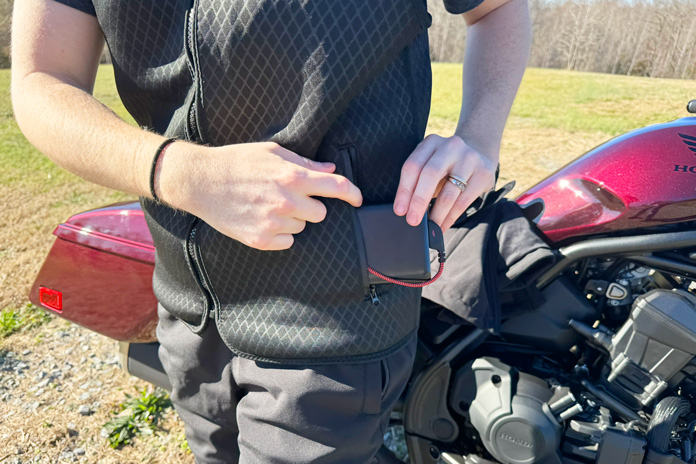
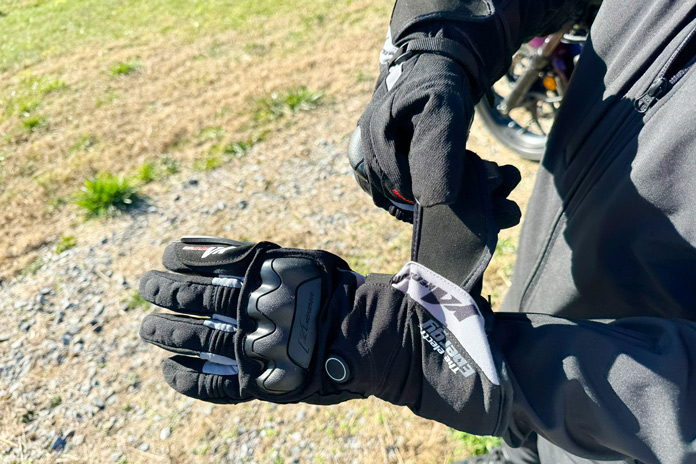
Hooking up the included cable to my motorcycle’s battery for the jacket and pants liners was easy. The cable comes with four fuses to work with different battery power ratings, as well as an adapter to split power between the jacket and pants. Most often, wearing the vest with a rechargeable battery under my riding jacket was enough to keep me warm, but it’s nice to have the heated jacket liner if it gets really cold. However, since the jacket is a bit big on me, it’s cumbersome to stuff under my protective riding jacket. The vest is also big for me but not as difficult to slide a jacket over. I recommend looking at the sizing guidelines on Kemimoto’s website and perhaps buying a size smaller than usual.
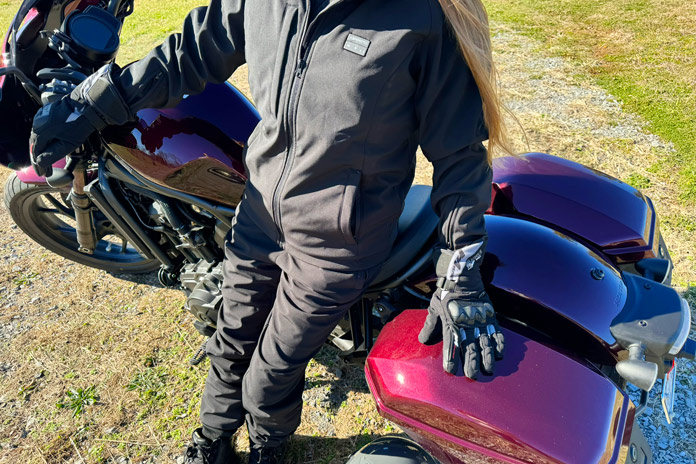
It takes some time to plug everything in and turn on each piece of heated gear to my desired temperature (each piece has three heat levels). Having heated gear is a game-changer and transforms my rides from barely tolerable to perfectly cozy. The jacket liner, vest, and pants liner also allow independent adjustment of different heating zones. The socks also come with a handy keychain remote fob that allows me to adjust the heat level without having to dig through my gear to get to the socks.
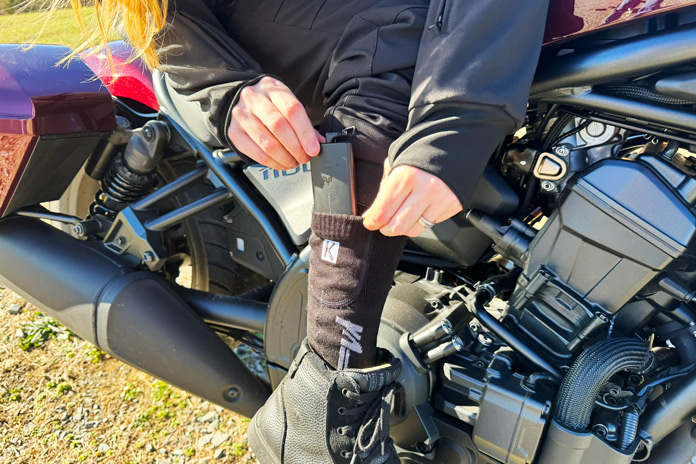
From full charge on the highest heat setting, the rechargeable batteries in the socks and gloves lasted about 3-4 hours, so if you plan to ride for longer than that before charging, backup batteries are a must. With the heat level on the lowest setting, the batteries lasted about 6.5 hours. The battery life for the heated vest will depend on the capacity of the battery you use. The jacket and pants liners get warm almost immediately, and the rest of the gear only takes about five minutes to fully heat up.
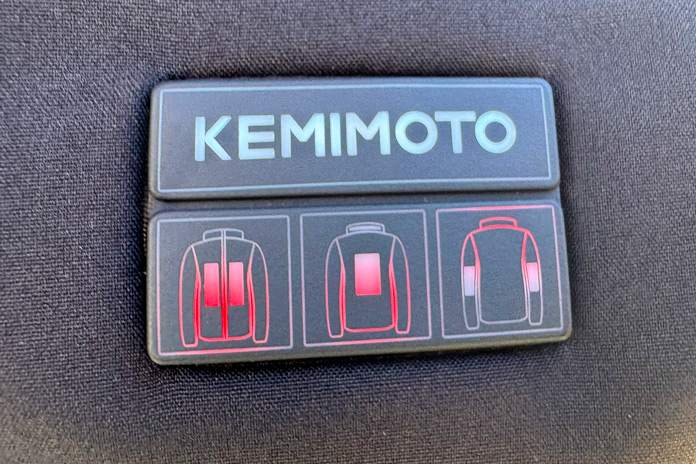
My only gripe with this heated motorcycle gear is that the colors indicating the heat level on each garment are not consistent. Each one uses a red light to indicate that the heat is at the highest level. For the two lower levels, the color of light is either blue, green, or white. On the gloves, jacket liner, and pants liner, blue is medium, and green is low. The socks are the opposite, with green being medium and blue being low. And on the vest, white is medium, and blue is low. The inconsistent light color does not affect the gear’s performance, but it does create some confusion when trying to determine what level of heat the gear is set to.
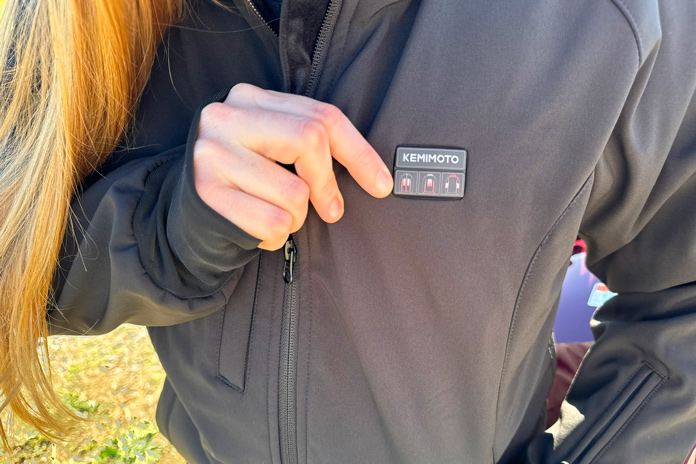
This heated motorcycle gear has allowed me to have a comfortable riding experience during times when I either wouldn’t have ridden at all or would’ve been very cold. Now I can ride year-round while my friends and neighbors grumble about having to park their bikes for the winter.
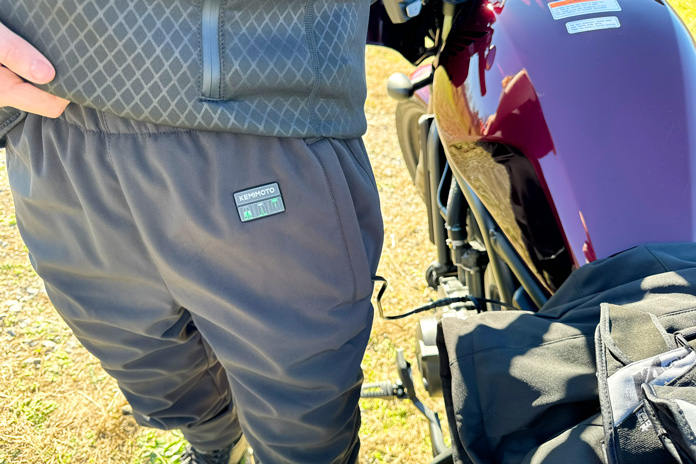
The Kemimoto heated jacket liner is available for $129.99, the pants liner is $109.99, the vest is $69.99, the gloves are $119.99, and the socks are $49.99. Kemimoto also offers other heated gear suitable for motorcyclists, including a new voice-controlled heated vest. All of this gear is available for purchase on the Kemimoto website.
See all of Rider‘s apparel reviews here.
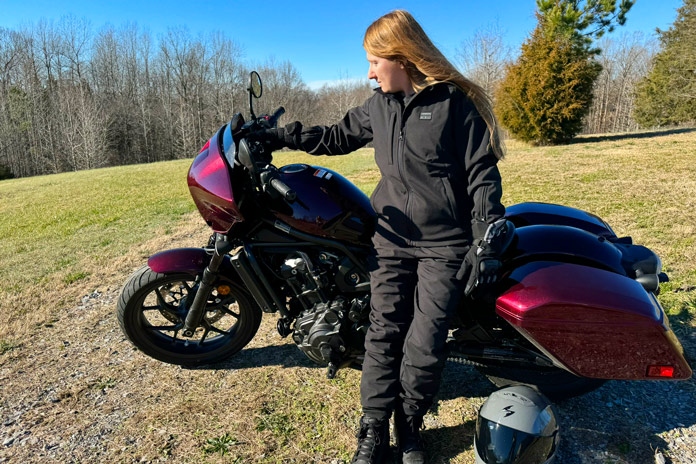
The post Kemimoto Heated Motorcycle Gear | Review appeared first on Rider Magazine.
Source: RiderMagazine.com

